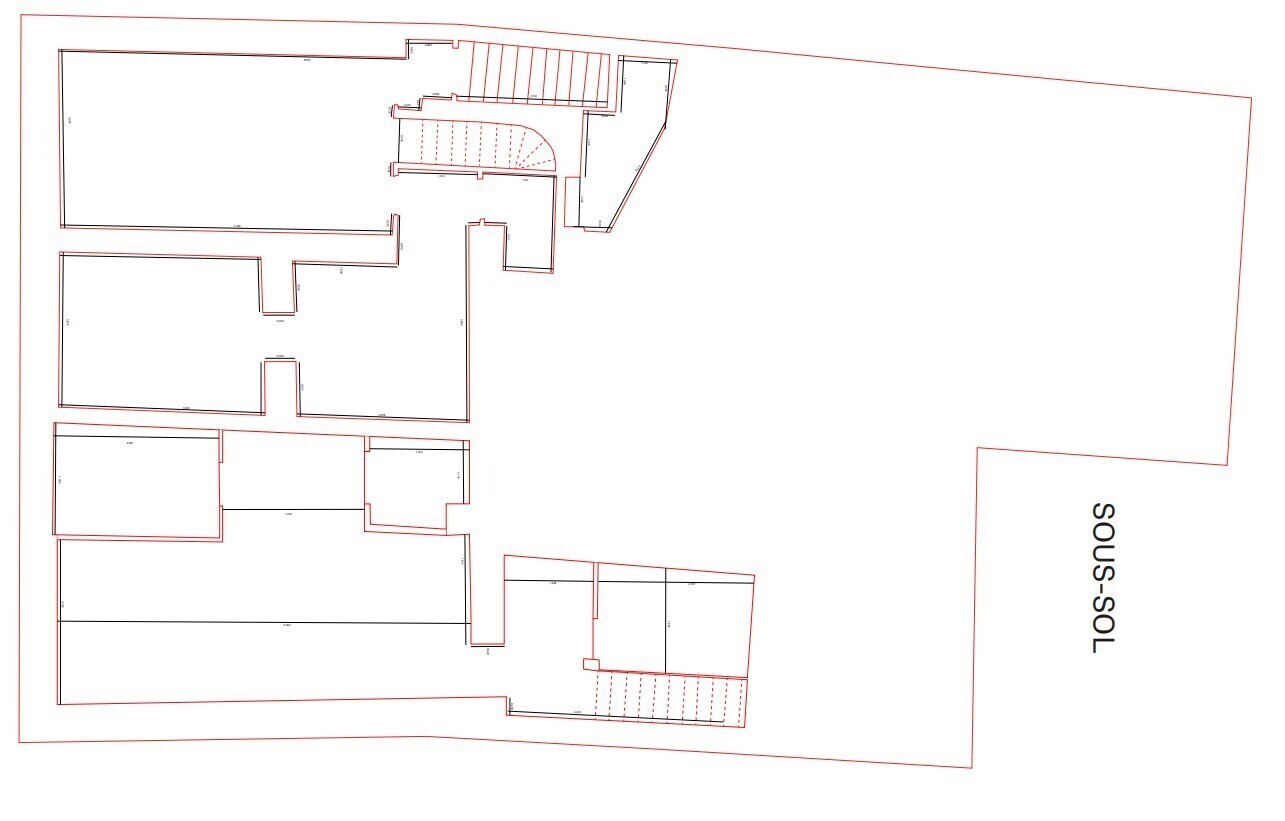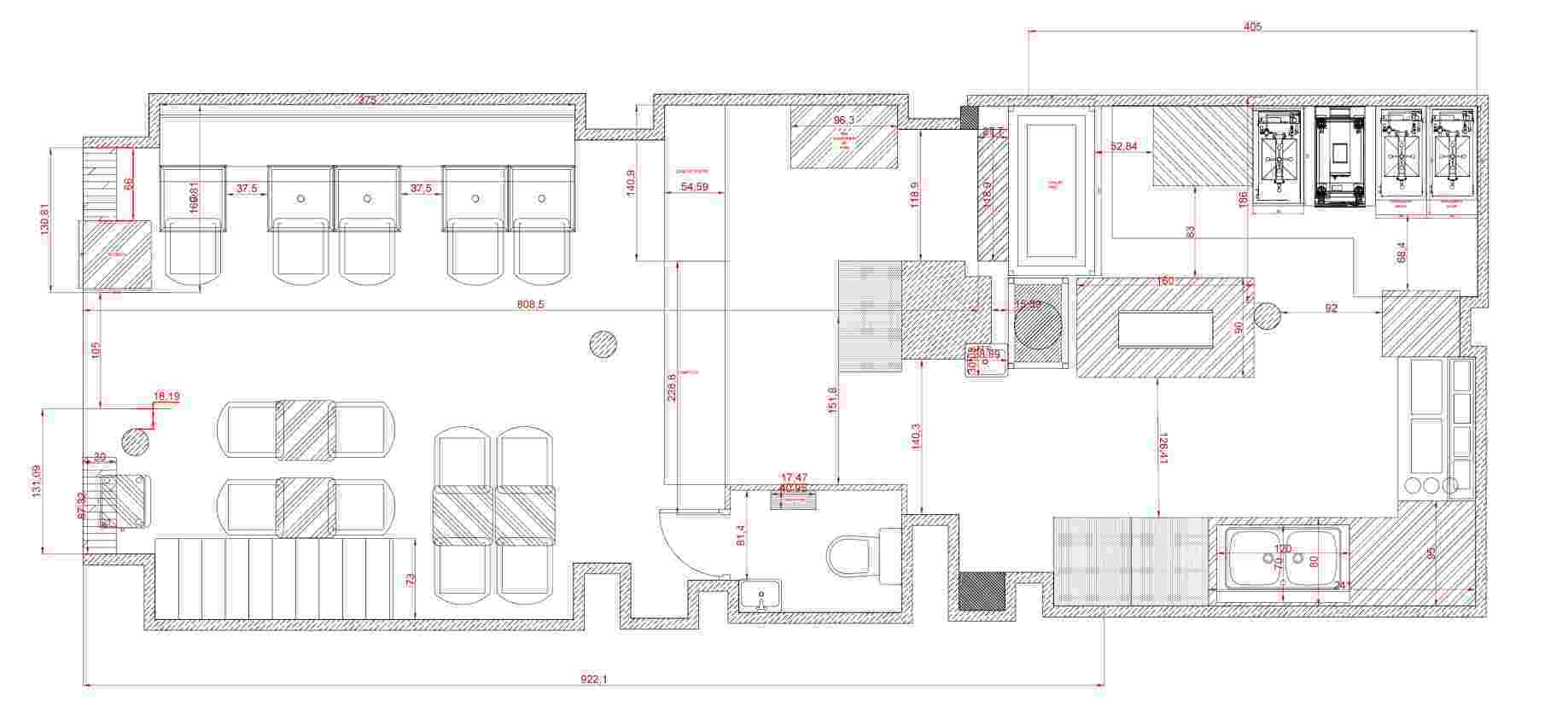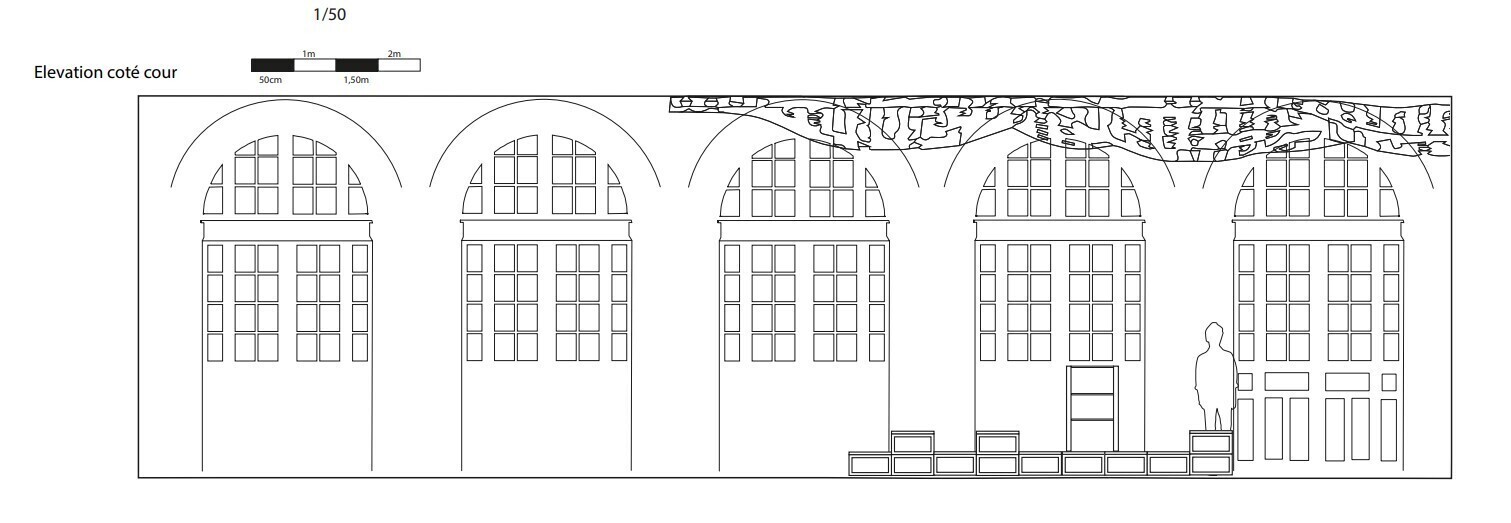













These two selected projects were realized: a concept store in Paris and a restaurant in Clichy. Much more ‘down to earth’, these projects taught me rigor and showed the need of technical know-how: from site measuring, understanding the technical needs to following the construction. These achievements required an ongoing dialogue with the client, a collaborative design with a large number of stakeholders.